
Part 11 - Lawrence Street to The Green
w/e 10 March 2019
All of this week's pictures were
taken with a Kodak DX6490
Information for this series has been sourced from
various places including the"Long Eaton Centenary Town Trail"
leaflet (CTT) and the"Long Eaton Townscape Heritage Initiative"
booklet (THI).
This eleventh part of the walk through the town centre of
Long Eaton passes through industrial, residential and commercial
ares all within a very short space to complete the series.
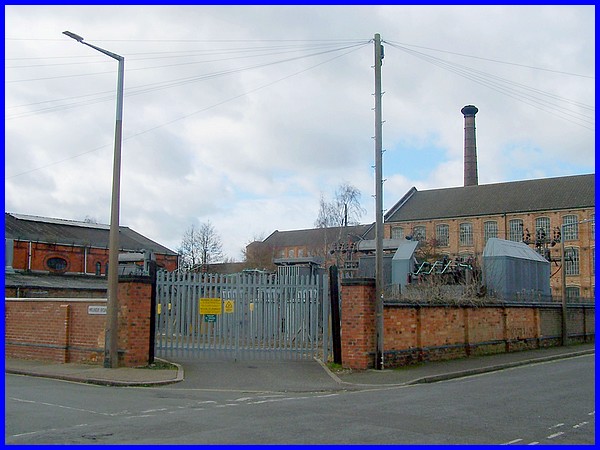
We begin on Lawrence Street at the corner of Milner Road where
the corner site was the location of Long Eaton Urban District
Council's electricity generating station and which is still a
major electricity substation today. Prior to 1903 the large lace
manufacturing factories we have seen earlier in this series were
all large multi-storeyed steam-powered buildings. With the coming
of this new form of power single storey shed-type buildings containing
DC powered motors driving the machinery soon appeared.
|
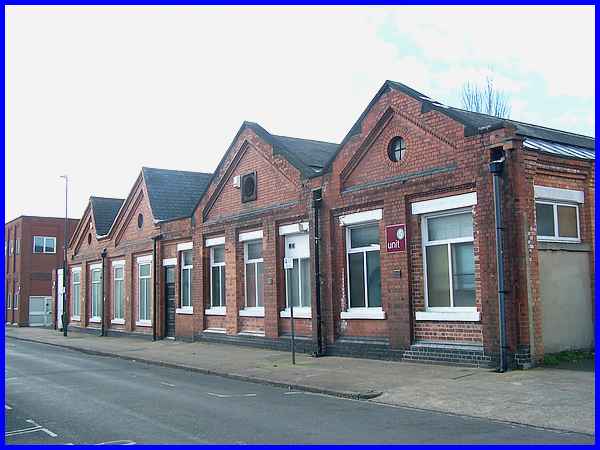
A 1914 map of the area shows three adjacent blocks of these smaller
factories on Milner Road, one of them being Alexandra Mill as
seen above.
|
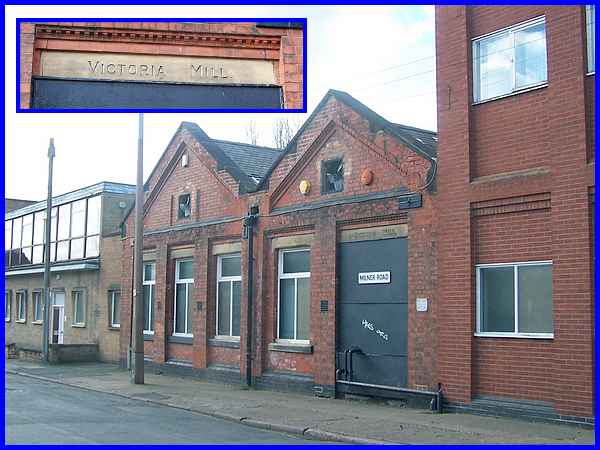
The middle block was Edward Mill and the third in the row Victoria
Mill, all three factories originally for the production of lace
but now catering for several different businesses.

The opposite side of Milner Road is devoted to residential buildings.
Built in a grid style in the early 1900s - a map of 1900/1901
has none of the roads - the 1914 map shows Alexandra Road (above
far left) almost opposite Alexandra Mills, and Edward Road (second
left) opposite Victoria Mills. Both roads lead through to Albert
Road (third from left) which runs parallel to Milner Road whilst
Lawrence Street (right) which connects Milner Road and Albert
Road was called Victoria Road in 1914. I'm not sure why or when
the change took place but it had adopted its new name by the
1950s.
|
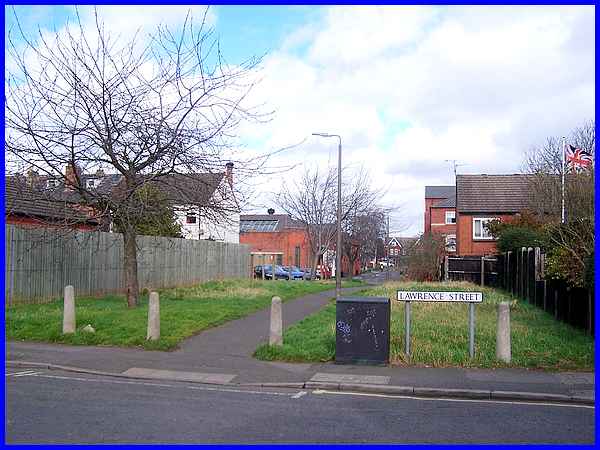
Returning to the end of Milner Road and the the electricity generating
site, our route now takes us via this footpath through to Regent
Street, the only street in the area shown on the 1901 map. Seeing
all these "regency" names made me wonder about Lawrence
and Milner. Unless they were named after local dignitaries or
maybe builders/architects I suspect Milner could be in recognition
of Alfred Milner, 1st Viscount Milner who was a prominent statesman
and colonial administrator between the mid-1890s and early 1920s.
Lawrence too could be named to honour T. E. Lawrence (1888-1935)
also known as Lawrence of Arabia but this is all supposition
on my part and really needs further investigation.
|
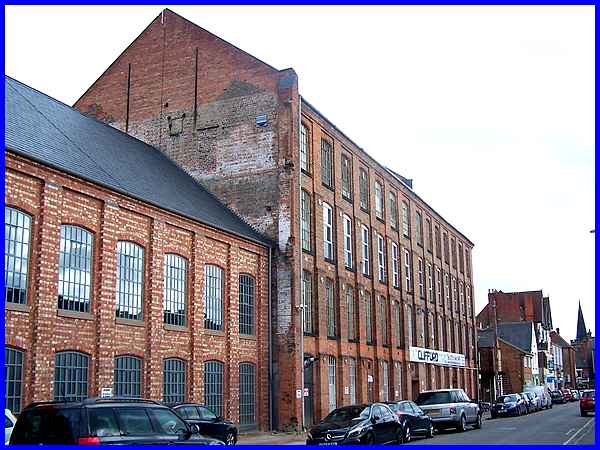
Regent Street pre-dates the other streets in the area and was
adopted by the local board around 1880. The THI booklet states
that "two thirds of Willatt's factory, a four storey tenement
lace factory of 1877" survives. I remember in the late 1960s
or possibly early 1970s a major fire ripped through the factory
here and it seems the newer buildings on the left are a result
of later reconstruction.
|
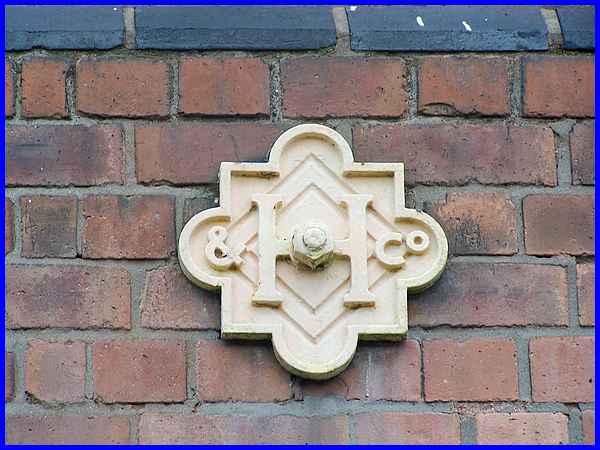
One of the partners of Willatt was Terah Hooley, born in Nottingham
in 1859 and who died in Long Eaton in 1947. Hooley had what could
be called an "interesting" life and is now remembered
as a financial fraudster buying and selling companies, becoming
bankrupt four times and serving two prison sentences. He developed
the world's first industrial park, Manchester's Trafford Park,
bought, lived in the nearby Risley Hall and is buried at All
Saint's Church, Risley (link). He mixed in royal circles being
an associate of the Prince of Wales who later became King Edward
VII. The cast iron tie bar plates on the Regent Street factory
stand as a lasting reminder of the man as they carry his initial
"H & Co" cast into them.
|
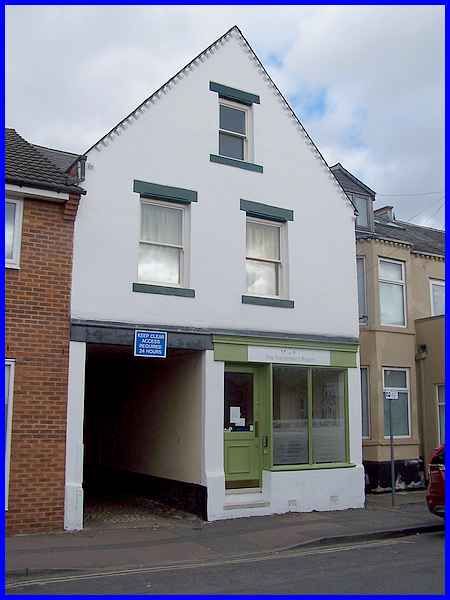
No. 12 Regent Street served from 1892 until well into the twentieth
century as Long Eaton's telephone exchange and has benefited
recently from THI funding which has enabled restoration of the
front.
|
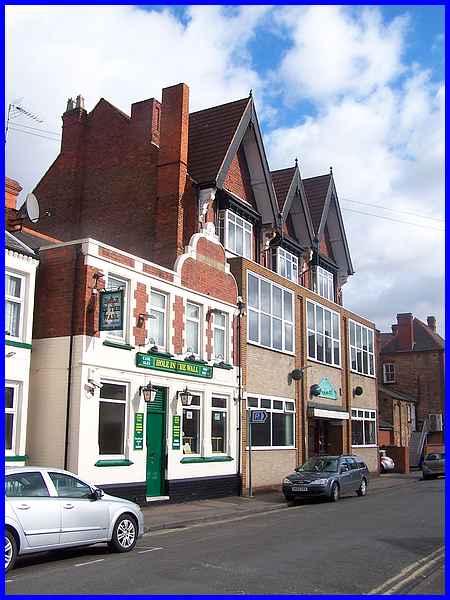
Towards the end of Regent Street is some more interesting architecture
including the Hole In The Wall pub which features a Dutch gable.
The original building contained a serving hatch through which
flagons of ale were sold to lace workers from the nearby Regent
Mills. It was the serving hatch that gave rise to the name of
the "Hole In The Wall".

Originally the pub was called the ‘Regent Inn’ as can
be seen in the well worn stonework in the Dutch gable.
|
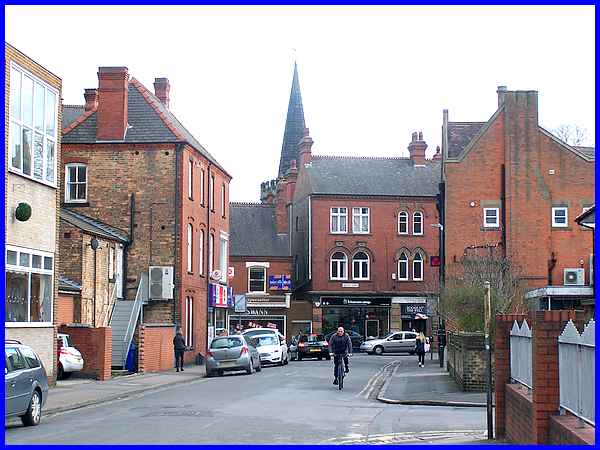
From the pub it is but a few steps along Regent Street across
the end of Lawrence Street to where the spire of St Laurence's
Church rises high above the buildings in the Market Place .
|
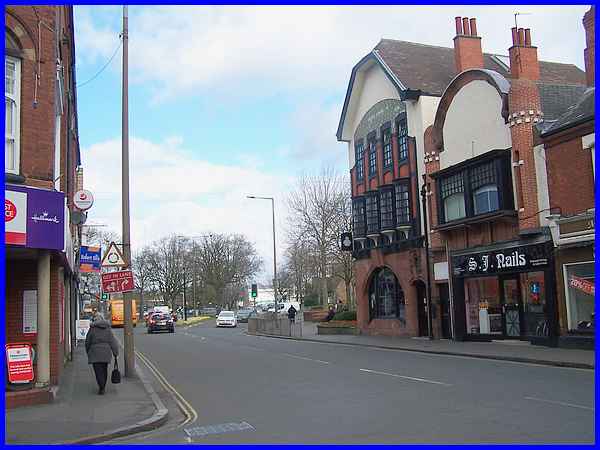
A left turn at the end of Regent Street into the Market Place
leads past the impressive York Chambers that we first saw early
in this Town Walk and on to The Green from where the Town Hall
across Derby Road marks the start and conclusion of the walk.
|

